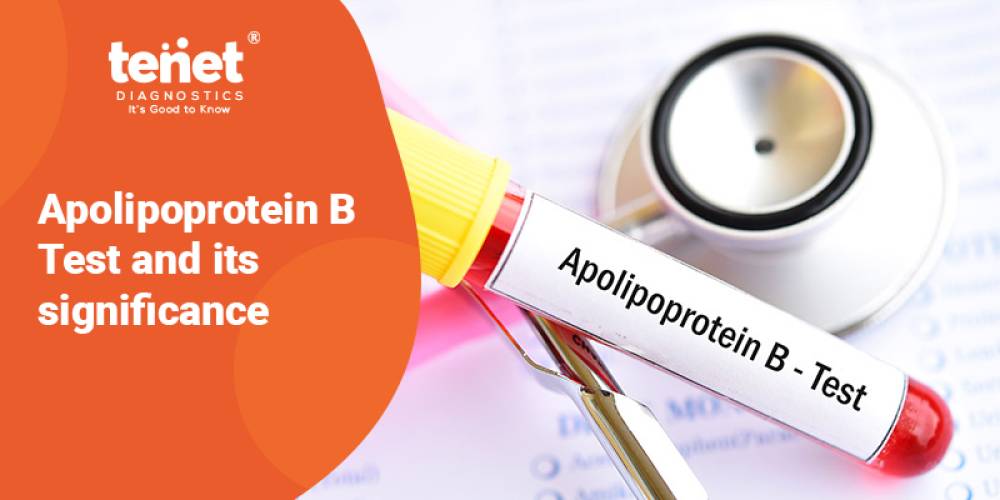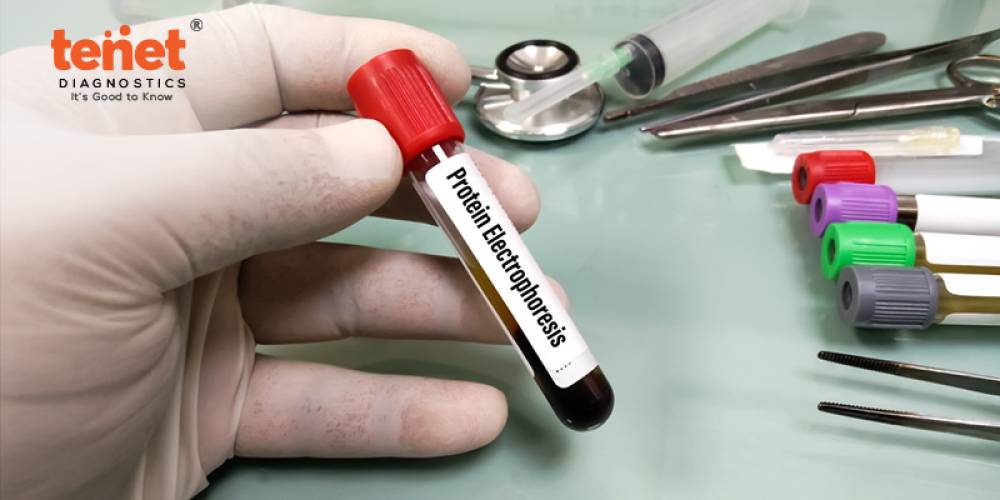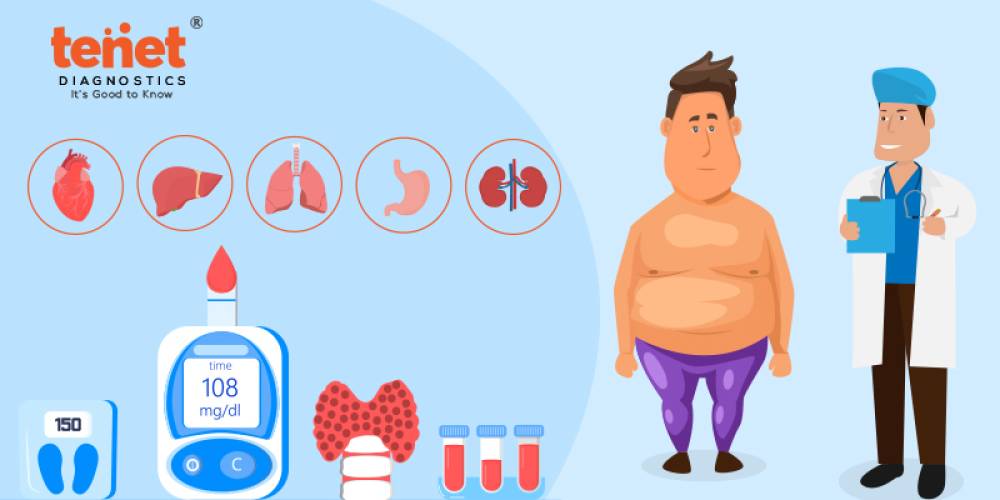To assess and manage risk factors linked to heart disease, various diagnostic instruments and tests are utilized in cardiovascular health. The Apolipoprotein B test is one such assessment that has gained popularity.
In this blog, we'll explore Apo-B test in turning what it is, how it functions, and most importantly why it matters. You'll better understand how this test can offer crucial information beyond conventional cholesterol evaluations as we discuss its significance in cardiovascular health.
What Is An Apo-B Test?
Apolipoprotein-B100(Apo-B100) is a protein that aids in transporting cholesterol and fat throughout the body. Apolipoprotein-B or Apo-Btest, is another name for it.
To make hormones and maintain the health of your cells, the human body needs fat and cholesterol. Although required, cholesterol and fat are complex for the circulation to break down. These substances are bundled into a substance known as lipoprotein with an apolipoprotein on its exterior for the human body to distribute them.
Several lipoproteins, usually referred to as "bad cholesterol," are carried by Apo-B:
- Chylomicrons are lipoproteins.
- VLDL, or very low-density lipoproteins
- LDL, or low-density lipoproteins
- IDLs, or intermediate-density lipoproteins.
ApoB-48, produced in the gut, and apo-B100 made in the liver, are the two different forms of Apo-B to transports fat and cholesterol. It spreads throughout your body from here. Your cells' receptors on the Apo-B protein are attached, allowing the lipoprotein, or bad cholesterol, to enter the cell. Once inside, it breaks down and releases cholesterol and fat into your blood. Your blood arteries may develop plaque due to the unhealthy cholesterol.
What Is theApo-B Blood Test Reference Range?
Abo-BBlood test results are frequently shown in comparison to a reference range. You should discuss level with your healthcare professional if it is too high, too low, or outside the reference rangeA normal Apo-B range (66-144 mg/dL) can signify a healthy clearance and transport of cholesterol. The higher end of this range of Apo-B levels may start to show signs of inadequate cholesterol elimination.
High levels of Apo-B (more than144 mg/dL) may signal impaired blood clearance of cholesterol and a higher risk of cardiovascular disease.
Benefits ofApo-B Test
1. Advanced Risk Estimate
The Apo B lab test offers a more precise estimate of a person's risk for heart disease than typical cholesterol tests, which primarily examine total cholesterol or LDL cholesterol levels. This test measures the amount of atherogenic lipoproteins (particularly Apo-B) in the bloodstream, which are closely linked to the onset of atherosclerosis and coronary artery disease.
2. Precision in Risk Prediction
Apo-B, which indicates the overall number of potentially dangerous particles, including LDL cholesterol, is a better indication of cardiovascular risk. Its accuracy enables medical experts to more precisely anticipate a person's risk, assisting in identifying those who might benefit from early intervention and preventive measures.
3. Personalized Treatment Guidance
Medical professionals can better personalize their treatment plans by knowing a patient's Apo B levels. A tailored approach makes it easier to choose the best treatments, lifestyle changes, and medications to control and lower the risk of heart disease.
4. Early Detection and Prevention
Even when conventional cholesterol tests show average results, the Apo B test can detect high levels of atherogenic lipoproteins in the blood. This early diagnosis can be essential in identifying people who are at risk before cardiac disease manifests itself, allowing for prompt intervention and lifestyle adjustments.
What Does The Relationship Between Apo-B Levels And LDL Cholesterol Mean?
When interpreting other cholesterol markers like triglycerides and high-density lipoprotein, often called the "good" cholesterol, LDL, and total cholesterol, knowing your Apo-B level can provide a new perspective.
Higher Apo-B levels are frequently observed with greater LDL cholesterol levels because Apo-B is present in all atherogenic particles. Nevertheless, it is conceivable for Apo-B and LDL cholesterol levels to differ.
Consider referring to your Apo-B levels for a more thorough understanding of your heart health in the situations of optimal Apo-B levels but high LDL cholesterol levels or the opposite or elevated Apo-B levels and optimal LDL cholesterol levels.
Why Could Apo-Bbe A Better Indicator Of Risk For Heart Disease?
Total cholesterol, high-density lipoprotein (HDL) cholesterol, LDL cholesterol, and triglycerides are the four components of a typical lipid profile. A variety of lipoproteins, many of which are not linked to heart disease, comprise the cholesterol transported in plasma.
LDL levels can suggest a risk for heart disease, but because they vary in size and density, they are unreliable. However, because Apo-B is present in exactly one LDL particle per particle, Apo-B is a better indicator of the likelihood of developing heart disease.
While carrying more cholesterol, larger LDL particles find it more difficult to cling to the artery wall and become lodged. Although smaller LDL particles contain less cholesterol, they can enter and remain in the arterial wall more easily. Thus, the impact is roughly the same whether an LDL particle is large or small.
Final words:
The Apo-Btest appears as a significant and frequently neglected tool in cardiovascular health, where early detection and accurate risk assessment are crucial. This test provides a more profound knowledge of a person's risk for heart disease by going beyond the fundamentals of measuring cholesterol. As we conclude our investigation of the Apo-Btest and its importance, it is clear that this diagnostic tool offers a variety of advantages.
The Apo-Btest offers a more precise prediction of a person's vulnerability to cardiovascular problems and offers improved risk assessment. Direct measurement of atherogenic lipoproteins enables medical providers to choose a customized course of treatment.







